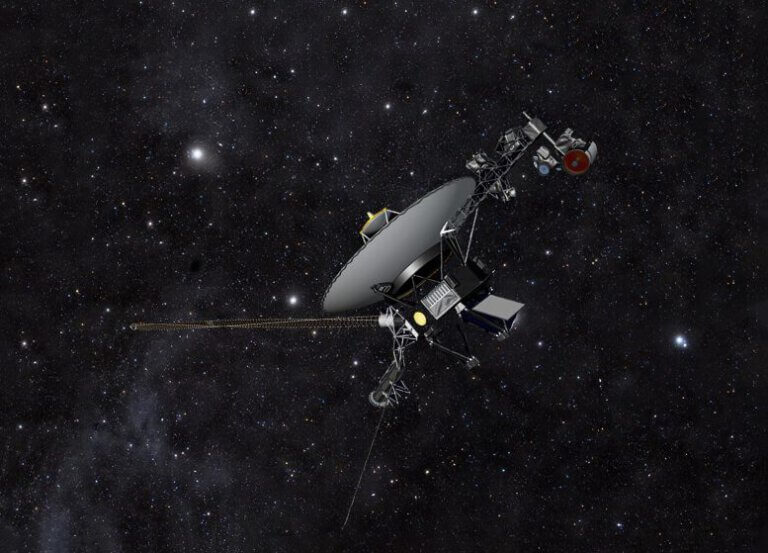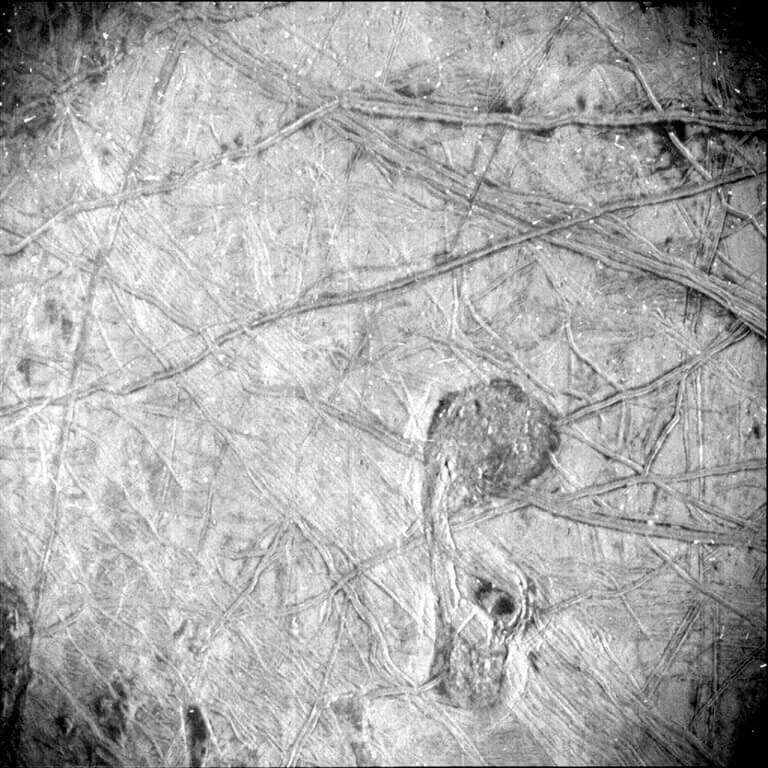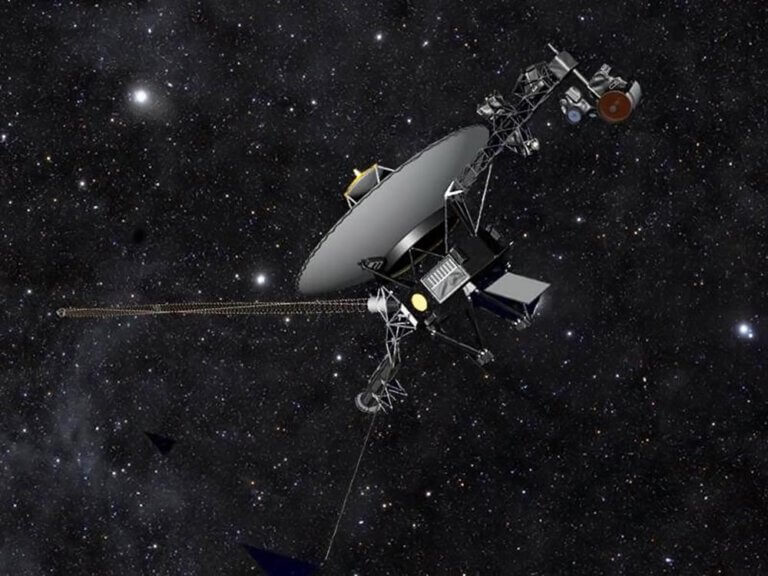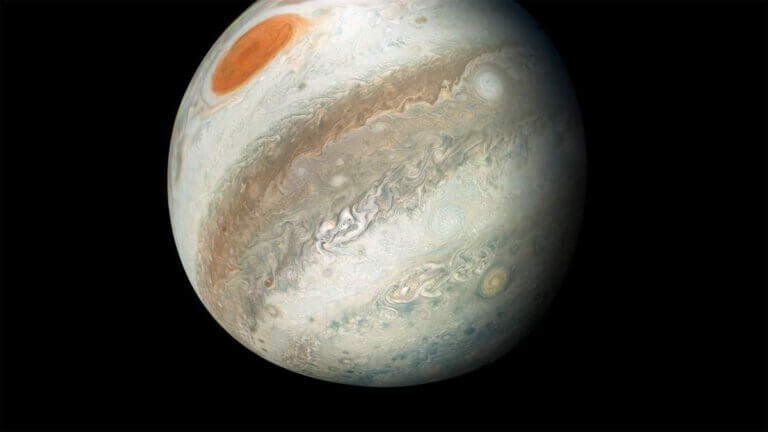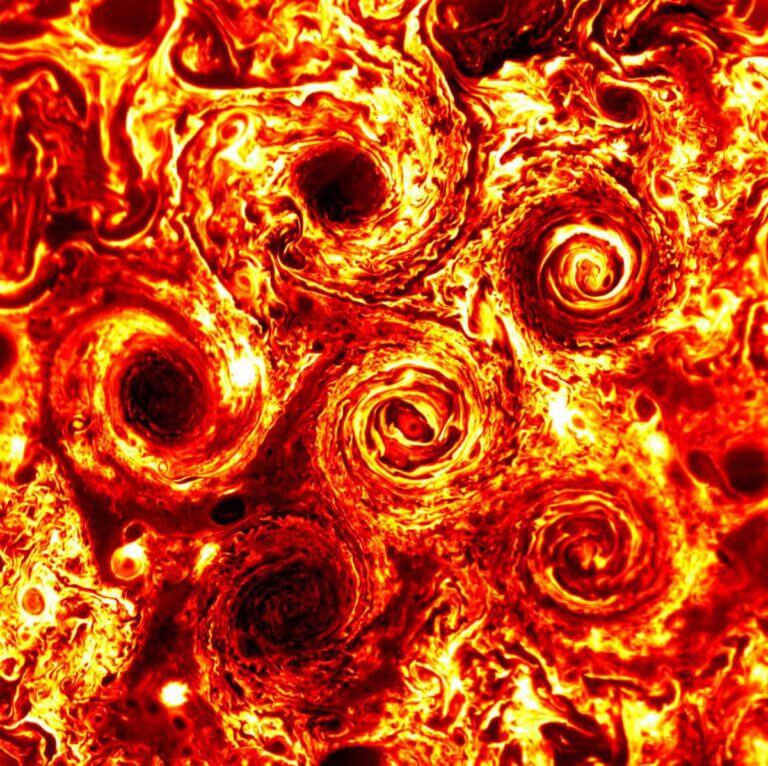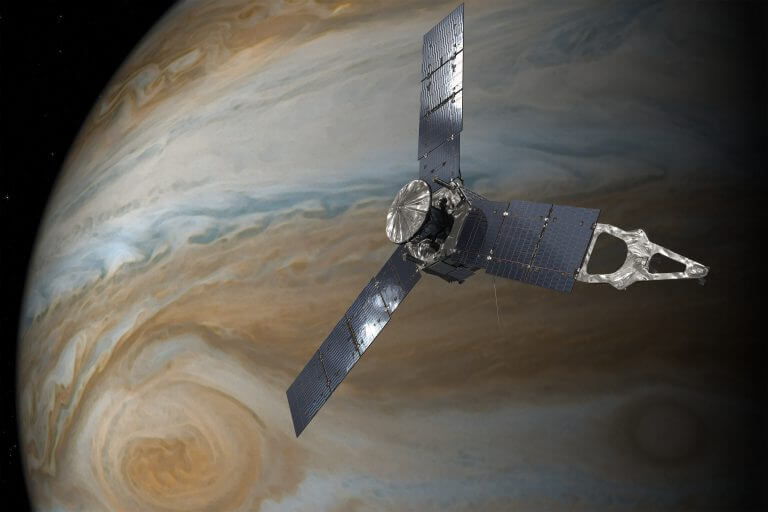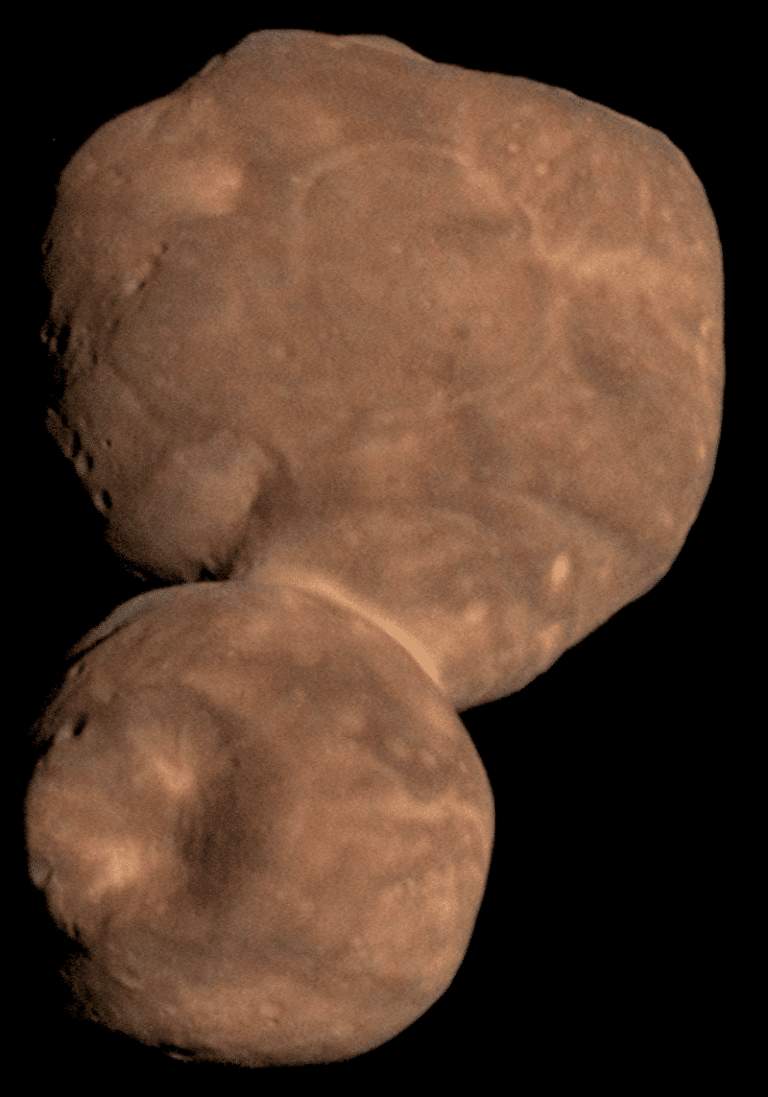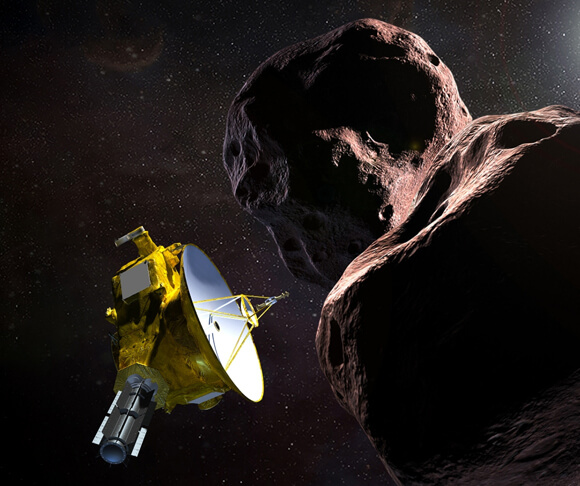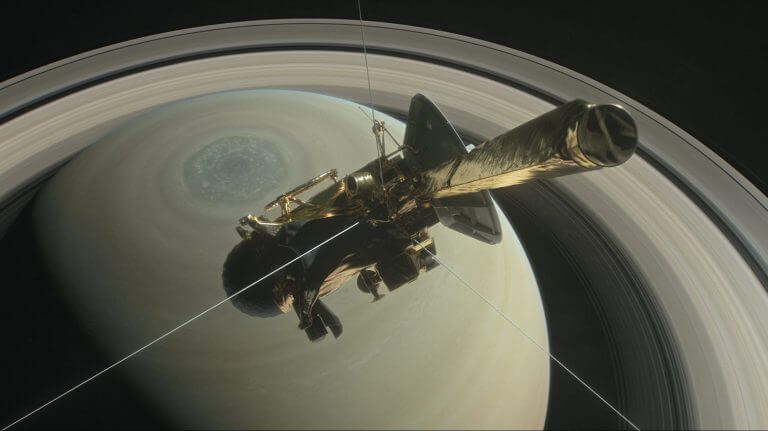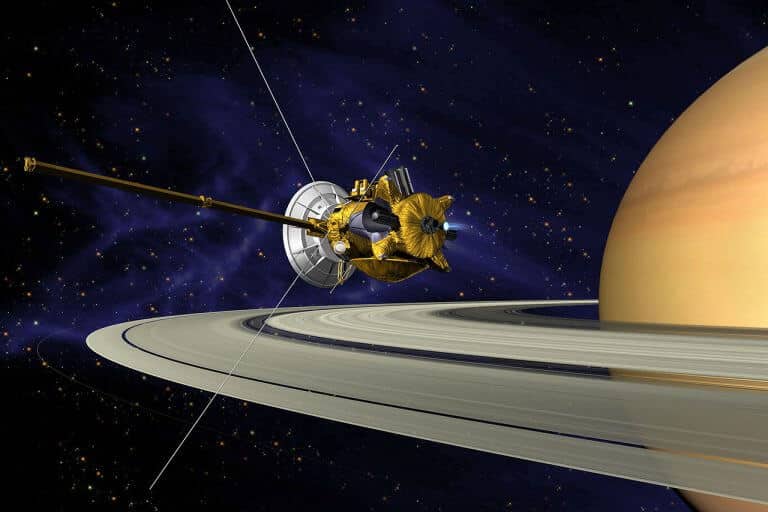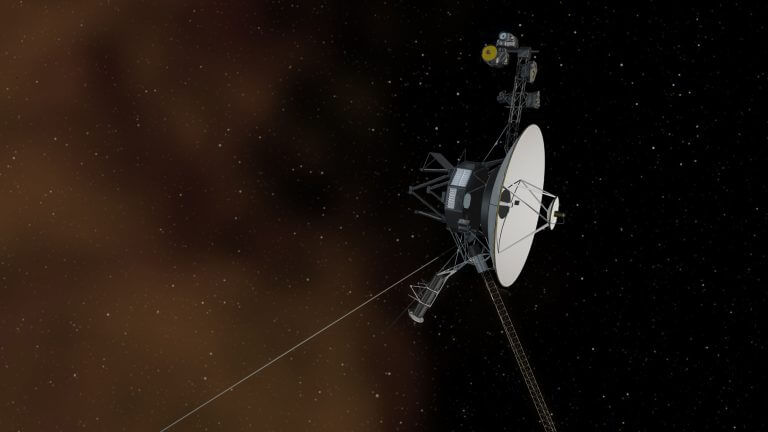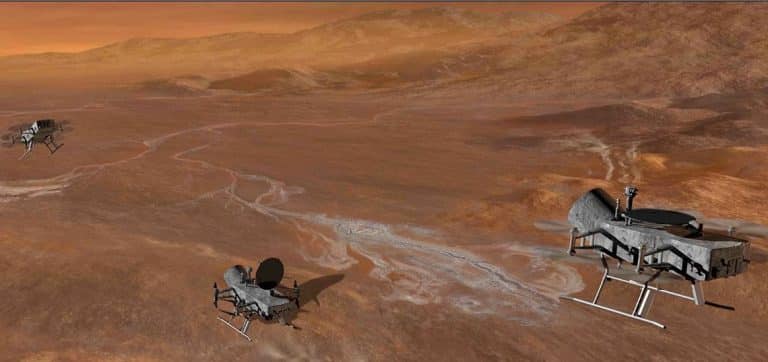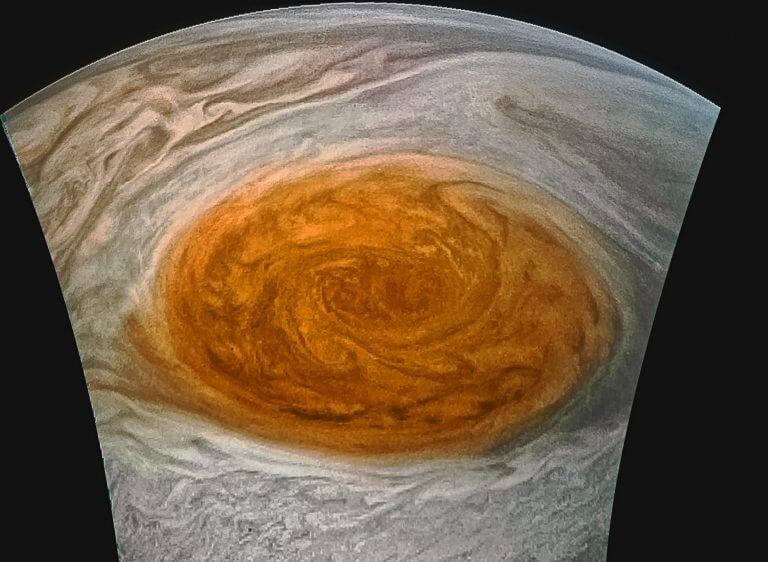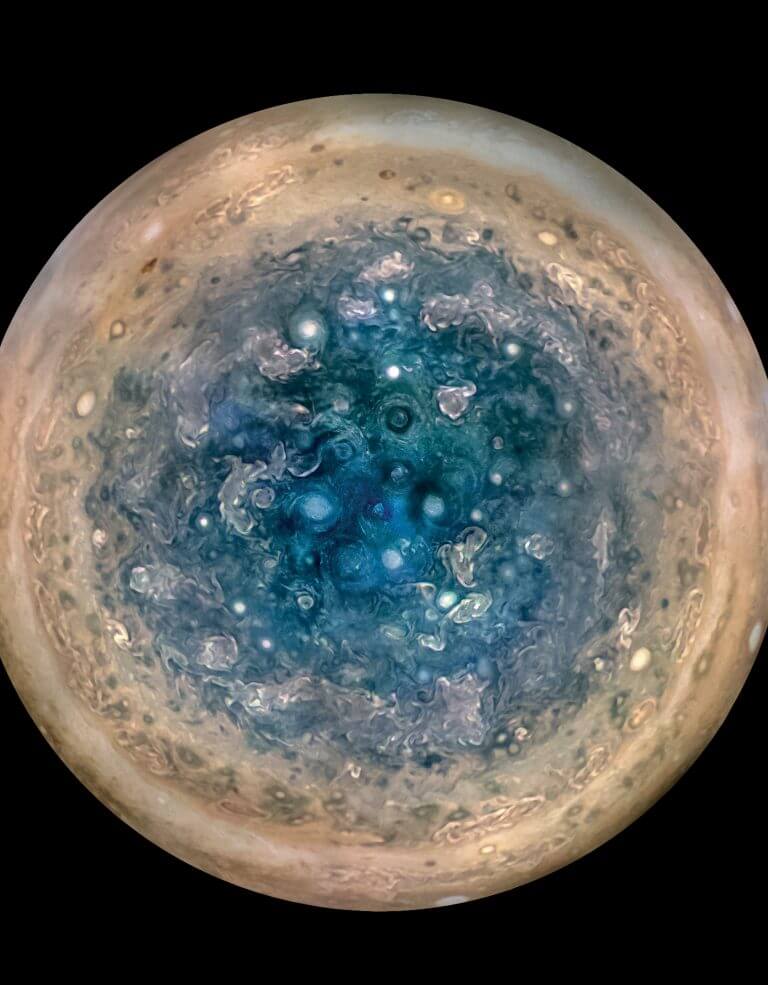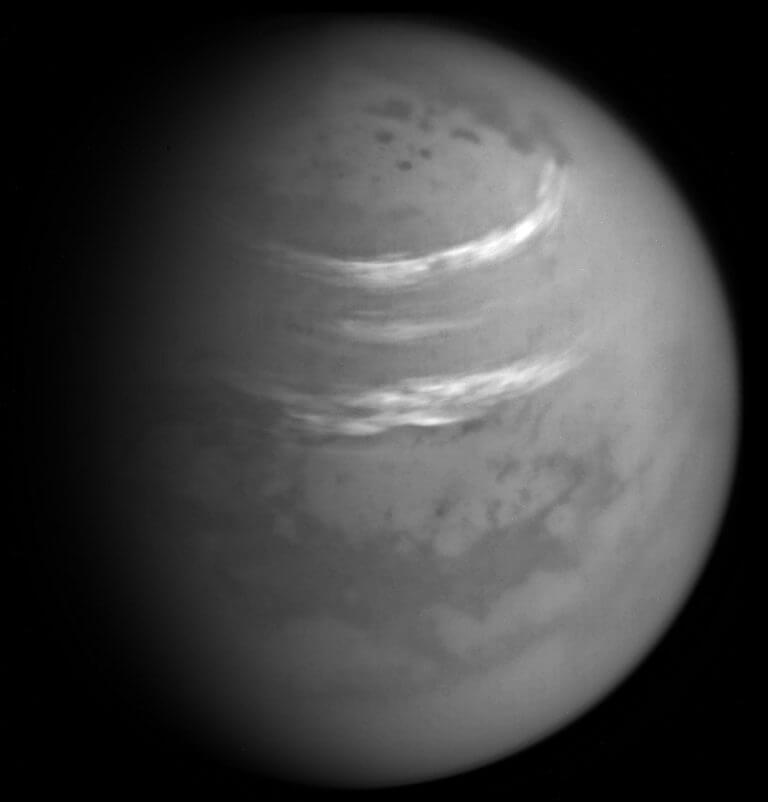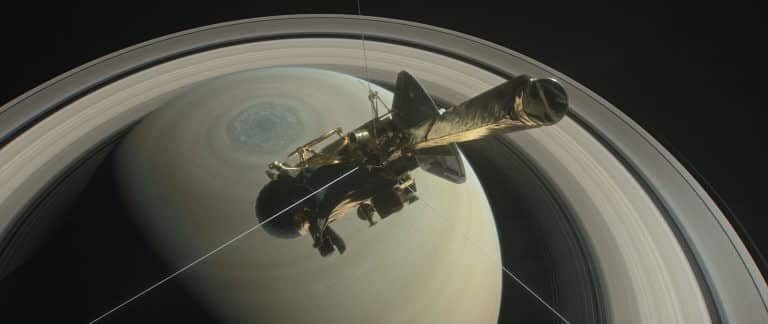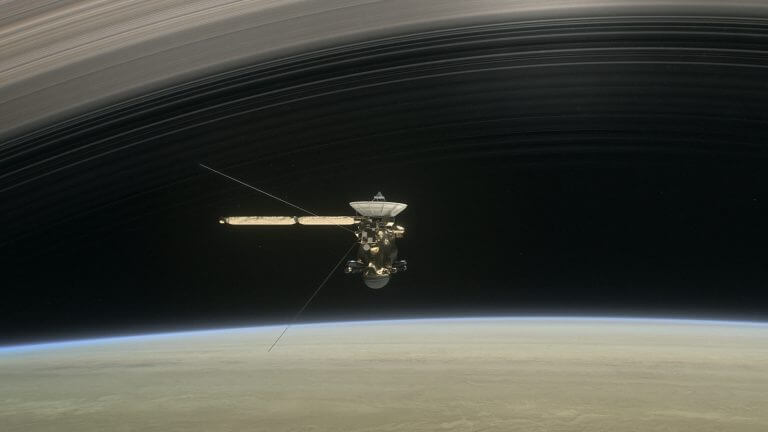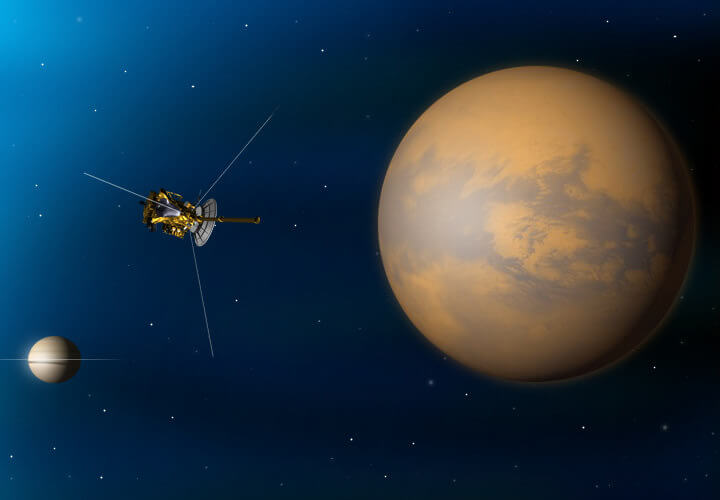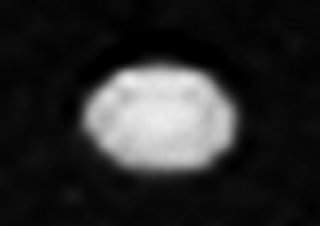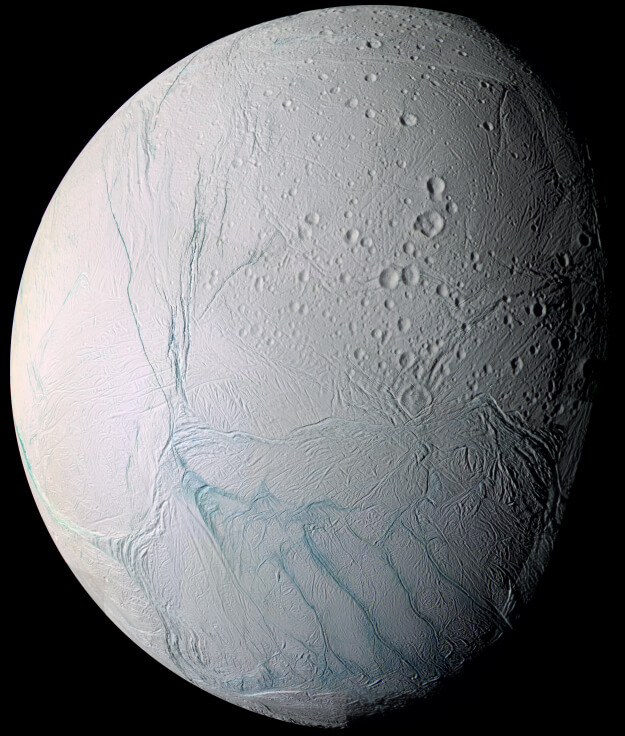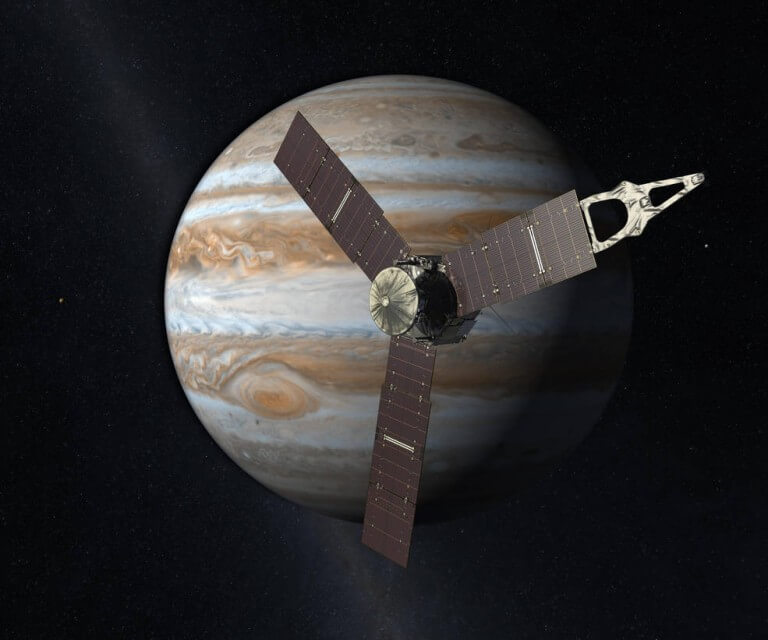Hayadan > Space and astronomy > space missions > Missions to the outer solar system
Missions to the outer solar system
- Science site The Conversation
- August 6, 2023
- 7 תגובות
A human error in the commands sent to her caused her antenna to tilt at an angle of two degrees from the Earth. The radio antenna engineers of the deep space network in Australia will try to contact her
- Avi Blizovsky
- May 29, 2023
- 2 תגובות
NASA has decided to keep Voyager 2's scientific instruments on for a few more years, allowing for more discoveries from interstellar space.
- Avi Blizovsky
- October 11, 2022
- 6 תגובות
Observations from the Juno spacecraft's flyby of the fair moon have provided the first close-up in more than two decades of this ocean world, resulting in stunning images and unique science
- Avi Blizovsky
- September 4, 2022
- One response
It turns out that the fault lies in the fact that a certain device that is still working tried to transfer the data through the spacecraft's main computer, which has been malfunctioning for many years. The engineers found a way around this
- Weizmann Institute
- October 28, 2021
Scientists from the Weizmann Institute of Science and their partners on NASA's Juno space mission have revealed a series of new findings about the planet Jupiter and found a surprising similarity to Earth
- Weizmann Institute
- July 19, 2021
They are powerful, they are the size of Australia and no one imagined them until a few years ago - what is the secret of the storms at the poles of the largest planet in the solar system?
- Haim Mazar
- October 25, 2020
- 4 תגובות
For the past five years it has been circling Tzedek and transmitting to Israel a huge amount of photographs and information related to Tzedek. Since it has a large supply of fuel left, there are those who are thinking of extending its stay around Tedek. The intention is to study the large moons of the planet Io, Europa and Ganymede as well as the rings of Jupiter
- Avi Blizovsky
- April 25, 2020
- No comments
- Itai Nebo, editor of the Davidson Institute website
- January 2, 2019
- 16 תגובות
- Avi Blizovsky
- December 21, 2018
- One response
- Scientific American Israel
- December 27, 2017
- 2 תגובות
- Elisef Kosman
- December 2, 2017
- 6 תגובות
- Elisef Kosman
- September 28, 2017
- 2 תגובות
- Avi Blizovsky
- September 15, 2017
- 18 תגובות
- Guest article
- September 12, 2017
- 2 תגובות
- Elisef Kosman
- July 13, 2017
- 11 תגובות
- Weizmann Institute
- June 16, 2017
- 5 תגובות
- Elisef Kosman
- May 26, 2017
- 5 תגובות
- Elisef Kosman
- May 11, 2017
- No comments
- Elisef Kosman
- May 3, 2017
- One response
- Elisef Kosman
- April 28, 2017
- 6 תגובות
- Avi Blizovsky
- April 26, 2017
- 2 תגובות
- Haim Mazar
- March 21, 2017
- 4 תגובות
- Elisef Kosman
- March 15, 2017
- 5 תגובות
- Elisef Kosman
- February 19, 2017
- One response

